By Rick VanSickle
I do not remember the first time I met Brian Schmidt. It was pre-twactor tweet era, that’s for certain, and it really goes all the way back to the beginning of my journey with Ontario wine.
The Vineland Estates winemaker for the past 31 years has always been one of the brightest and enthusiastic champions of Niagara wine with boundless energy and a profound desire to extol its virtues to anyone who will listen. He has been a teacher, a wine mentor, a coach, a supporter, and a sounding board for me going on for longer than I can remember. I am a fan and want to get that out of the way right off the top here.
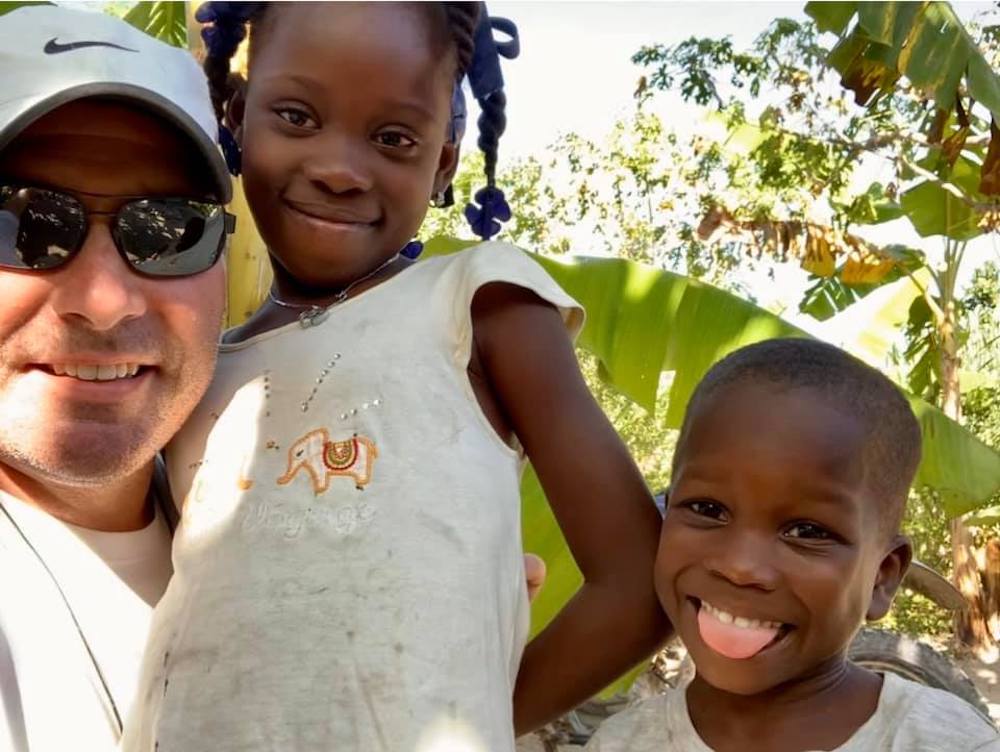
Journalists aren’t supposed to revere their subjects or count them among their friends; they are trained to keep working relationships separate from personal ones to make sure what they write is objective and without unintentional bias. But it must be said here. We are friends.
Not the kind that gets together with our wives and families to break bread. We never have. Not the kind that meet for beers after work. We don’t. And not the kind that go on vacations to exotic locations. Not going to happen.
We are professional friends with (I think) a mutual respect on a common interest — wine. On my side, that is absolutely true. But that respect has grown to extend beyond wine as I’ve gotten to know Schmidt beyond the tasting room and crush pad. While wine is the driving force, it certainly isn’t the be-all, end-all. I believe, for Schmidt, wine plays a distant second to 1) his family; 2) his faith; and 3) his giant-sized charitable heart.
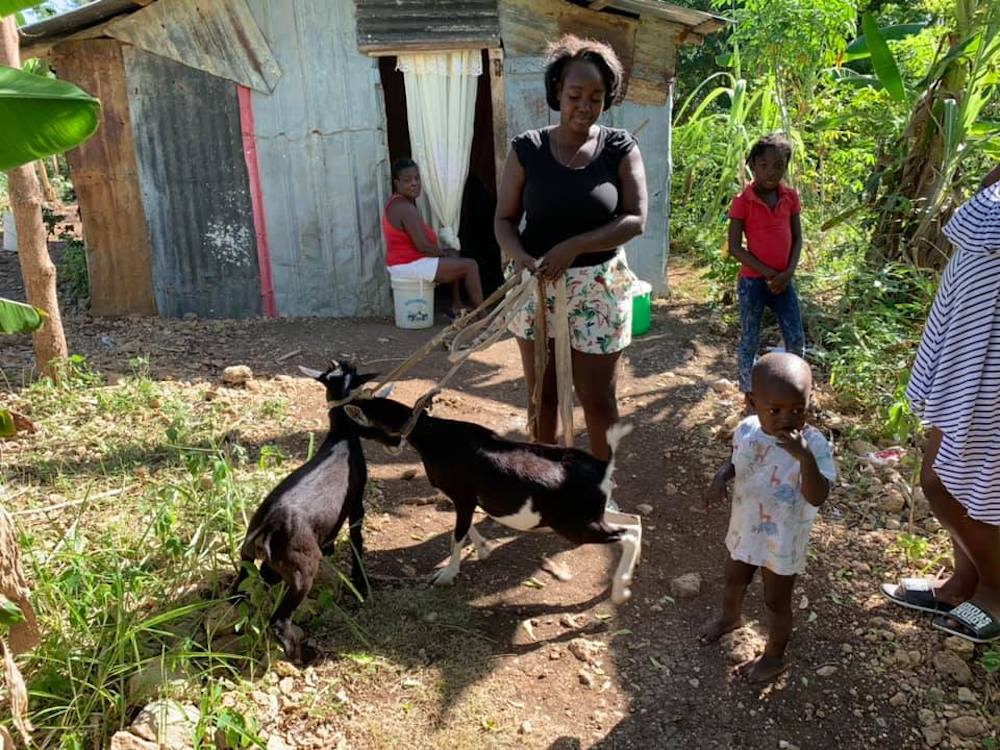
While family and faith are self-explanatory, his charitable contributions to society are immeasurable. It is a constant in everything Schmidt does, donating time, effort, and financial help to myriad charities through his church and entirely on his own accord to help a wide range of people in need of help in his community and far beyond that.
You just can’t write a story about Schmidt without mentioning his selfless involvement with Haiti, an impoverished country hit with never-ending tragedies impacting innocent victims who are powerless to help themselves. If you know Schmidt or are a friend on Facebook, you have been exposed to how dire the situation is in Haiti (these various photos of Haiti speak for themselves) and his efforts to offer whatever help he can to improve daily life for those who have suffered and continue to do so.
“Haiti calls me every day,” Schmidt once told the St. Catharines Standard. “Not a single day goes by when I’m not thinking about Haiti. I have to make sure it doesn’t consume me.”
Yet, for nearly a decade, it has. He has made it his business to focus on the tiny village of Numero Deux, about 200 km west of Port-au-Prince. Schmidt is a frequent visitor to the village (hampered the last few years due to COVID) as a member of the Haiti Mission, a Louisiana-based grassroots development organization dedicated to improving infrastructure in the face of countless natural disasters. His group has made it their business to drill wells and build concrete homes, schools and churches that can better weather the wrath of Mother Nature.
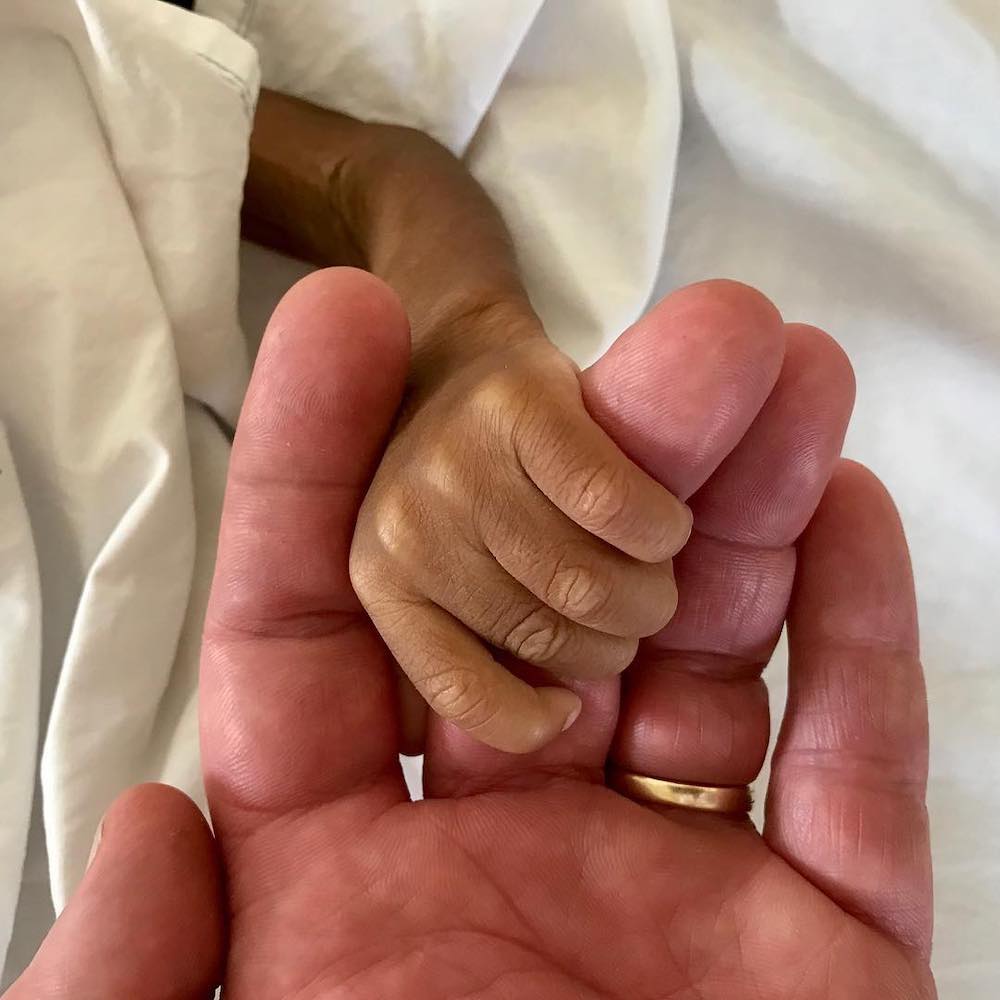
He has travelled to Haiti dozens of times, bringing needed cash donated through his grassroots fundraising and taking with him knowledge to the villagers so that they can better withstand their unfortunate situation.
Typical of this humble man, he told the Standard in an interview this: “These people have to fight every single day for basic necessities in their world. It’s taught me a lot about tolerance, compassion, humanity, and responsibility to each other. As I say, being there has given me more than I could ever give to them.”
Schmidt longs to get back to Haiti and his mission there. His group has constructed over 120 concrete homes in addition to supporting the local orphanage, building a school, and drilling and repairing water wells within 500 feet of every family. It has been hard on Schmidt during COVID not to venture into Haiti even though he continues to help from afar. The people of Haiti, those he has helped and those he has befriended during his many journeys there, are always foremost on his mind.
“Don’t ever be impressed,” Schmidt told the Standard about his work in Haiti. “Just act. Whether it’s in Haiti or your own community … there (are) so many ways to give back. There (are) so many ways we can make a difference in our world. It sounds cliché but it’s true.”
This is but one of the many reasons I have so much time and respect for this winemaker. He walks the talk and does it from a genuine and humble human place — his heart.
Like Schmidt’s charitable side, he is giving on the wine side as well. Aside from his 31 years of winemaking, or as he would prefer it be called, driving a tractor, Schmidt has pretty much sat (or is sitting) on every wine industry board that has ever been established, he has helped to shape the direction of VQA wines, develop industry goals, and championed sustainable farming … you name it, he has been in the middle of it all for a very long time.
Schmidt is the first to help a neighbour in need, quick to offer help to a winemaker with a problem, and the first to defend the quality of all the region’s wines. He understands clearly that a wine region is only as strong as its weakest link and if that weak link needs assistance, he will be there for them. He would also hate this post as written thus far; he is a humble man and shuns the spotlight with alarming efficiency.
Which brings us here. I spend a great deal of energy trying to taste with Schmidt. His wines are important for the mosaic that is Niagara; his innovative winemaking techniques — from his ground-breaking optical sorter to his newest creation, a multi-vintage blend called Legacy that spans 10 years from a single block of Cabernet Franc from a single vineyard (hint: it’s stunning, and written about previously here. The man is hard to pin down, but when you do, good things follow.
Part I: The first surprise
It’s a bit of a dreary day in Vineland and I’m told to meet on the crush pad. I hear the familiar sound of Gordon Lightfoot’s The Wreck of the Edmund Fitzgerald, a classic Canadian song by an iconic artist who is one of my favourites (Schmidt knows that and that is why it is blasting from the crush pad speakers). You can have a listen here.
A sparse crush pad table is set up with glasses, but we are forced to move it several times to dodge the intermittent rain. There are no pretty flowers on the table or even a spittoon. We send the spent wine unceremoniously to the ground beneath us. Schmidt does not stand on ceremony.
He has chosen four wines to be tasted here on the crush pad as assistant winemaker Tobias Fiebrandt joins us for this part of our odyssey. Our first sip of the day is a new charmat sparkling wine from the fabulous 2020 vintage. Here is my review:
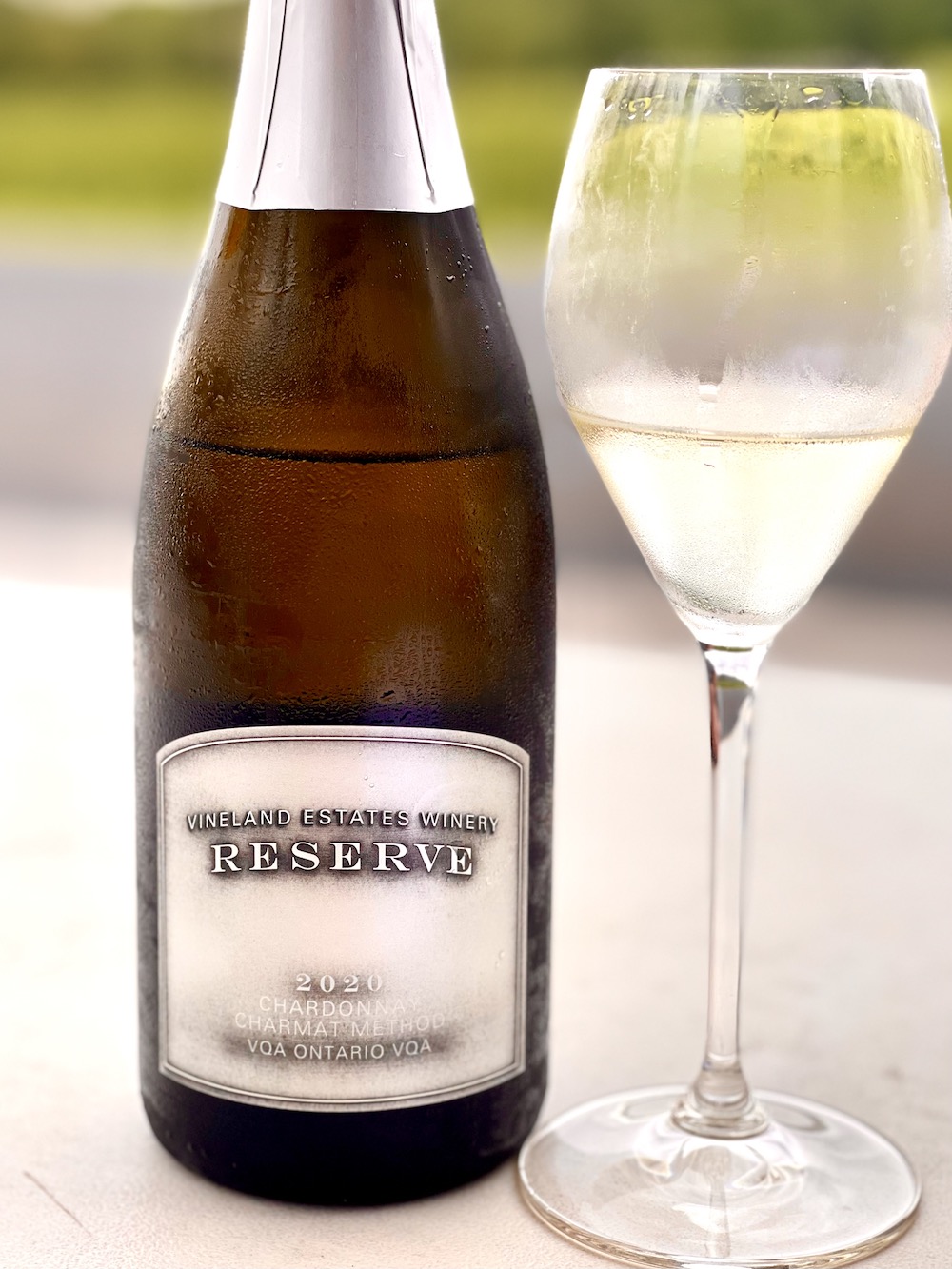
Vineland Estates Chardonnay Reserve Charmat 2020 ($30, 91 points) — A simply delicious bubbly with aromas of bright apple, some peach, lemon biscuit, pear, and a vigorous mousse. It’s all together bright and fresh with wonderful texture that highlights the stone fruits, zesty citrus, and quince notes.
The next wine we taste is the one Schmidt pours first 99 out of 100 times that I have tasted with him. The foundation of Vineland Estates is built on this Semi-Dry Riesling, and its companion, the entry level Cabernet Franc. He calls the 2021 version a “pandemic wine,” and maybe one of the hardest-to-make Rieslings he’s ever crafted. The 2021 vintage for Riesling was a difficult one due to the wet September and the struggle to get the grapes up to the correct Brix to make a VQA wine. It was a battle to stay ahead of breakdown in the vineyard and tough decisions had to be made. What usually takes three weeks to harvest the Riesling was done in six days due to weather issues. But in the end: “I’m really thrilled with this wine,” said Schmidt. “This wine has been a consistent style for the past 20-25 years regardless of the vintage. We have a consistent style that people enjoy.”
Vineland Estates Semi-Dry Riesling 2021 ($16, 88 points) — You will notice the green bottle for the first time because there were supply issues for the usual bottles Vineland uses, yet another result of COVID. A different look, but that does not impact the wine. It has a lovely floral note on the nose with bright lime-citrus and green apple notes. The 25 g/l of RS is balanced nicely by the taut acidity on the palate that elevates the juicy citrus, peach, and apple notes with a tangy finish. A delightful everyday Riesling.
Did I mention the first surprise of the day? Unbeknownst to me, a little project I started with Fiebrandt, above with Schmidt, to make a different style of Riesling from the 2021 vintage that would be a bit drier, fleshier, and ageable, seemed doomed to failure due to all the reasons above. It was a terrible year for Riesling (certainly for yields and dodging the rains) and it didn’t look like it was going to improve as the harvest unfolded. However, there was a tiny window of opportunity on Oct. 14, 2021, to grab as much Riesling off Field D in the St. Urban Vineyard that was humanly possible before any more dreaded rain fell the following day.
The text from Vineland Estate winemaker Brian Schmidt was short and sweet: “The grapes for your #RickWine2.0 are coming off … NOW … they are having to clean each bunch by hand.” I don’t remember where I was or what I was doing, but I simply jumped in my car and bolted to Vineland Estates in that moment.
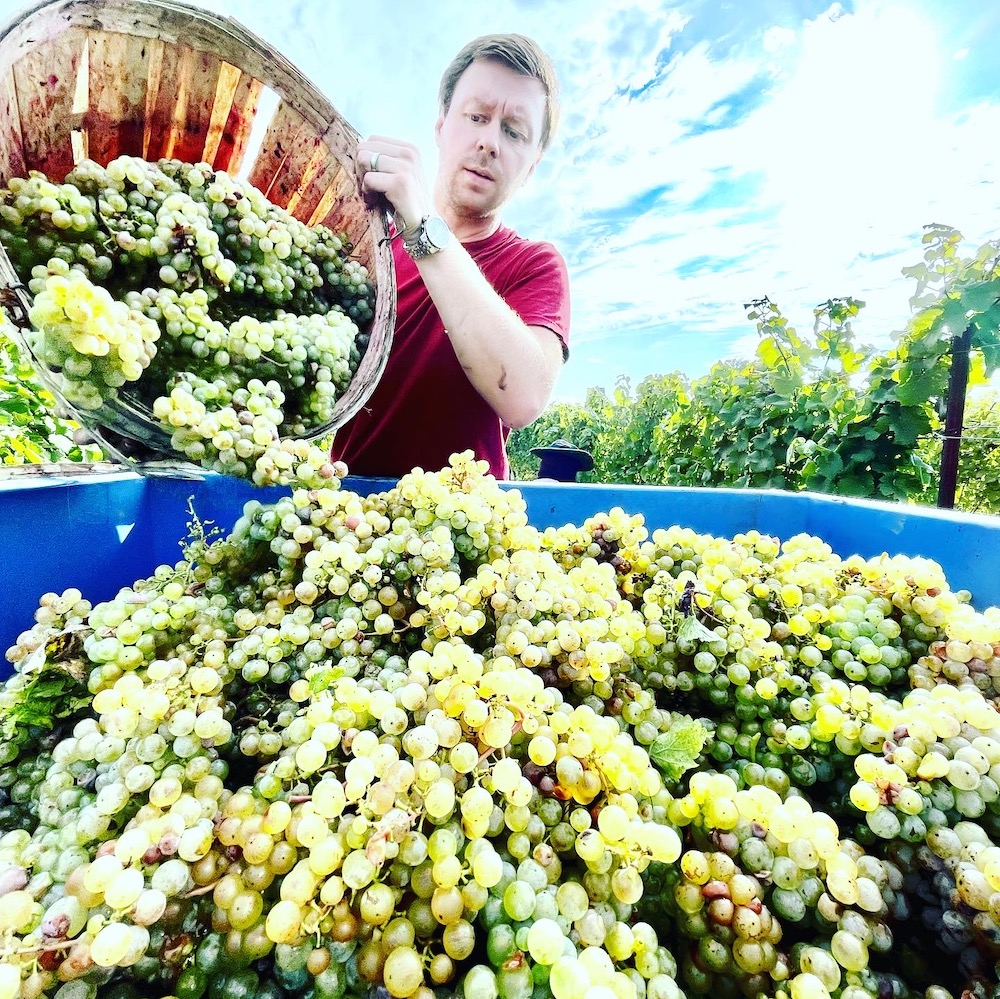

By the time I got there, Schmidt had secured an emergency grape-picking crew that numbered in the dozens. They were going up and down the five or so rows of grapes now earmarked for our special Riesling project. They were feverishly cutting off compromised bunches of grapes that just weren’t going to make it into the final cut. If memory serves, the skilled crew made two passes, methodically culling the crop, even cutting out individual undesirable berries, before filling empty baskets with the surviving grapes.
Schmidt fired up the tractor and Fiebrandt and I hopped on the back and went up and down the rows tossing full baskets of plump Riesling grapes into the bin being pulled on the flat bed of the tractor. It went lightning fast; and no sooner than the grapes were picked, then they were on the crush pad and making their way into the press for processing.
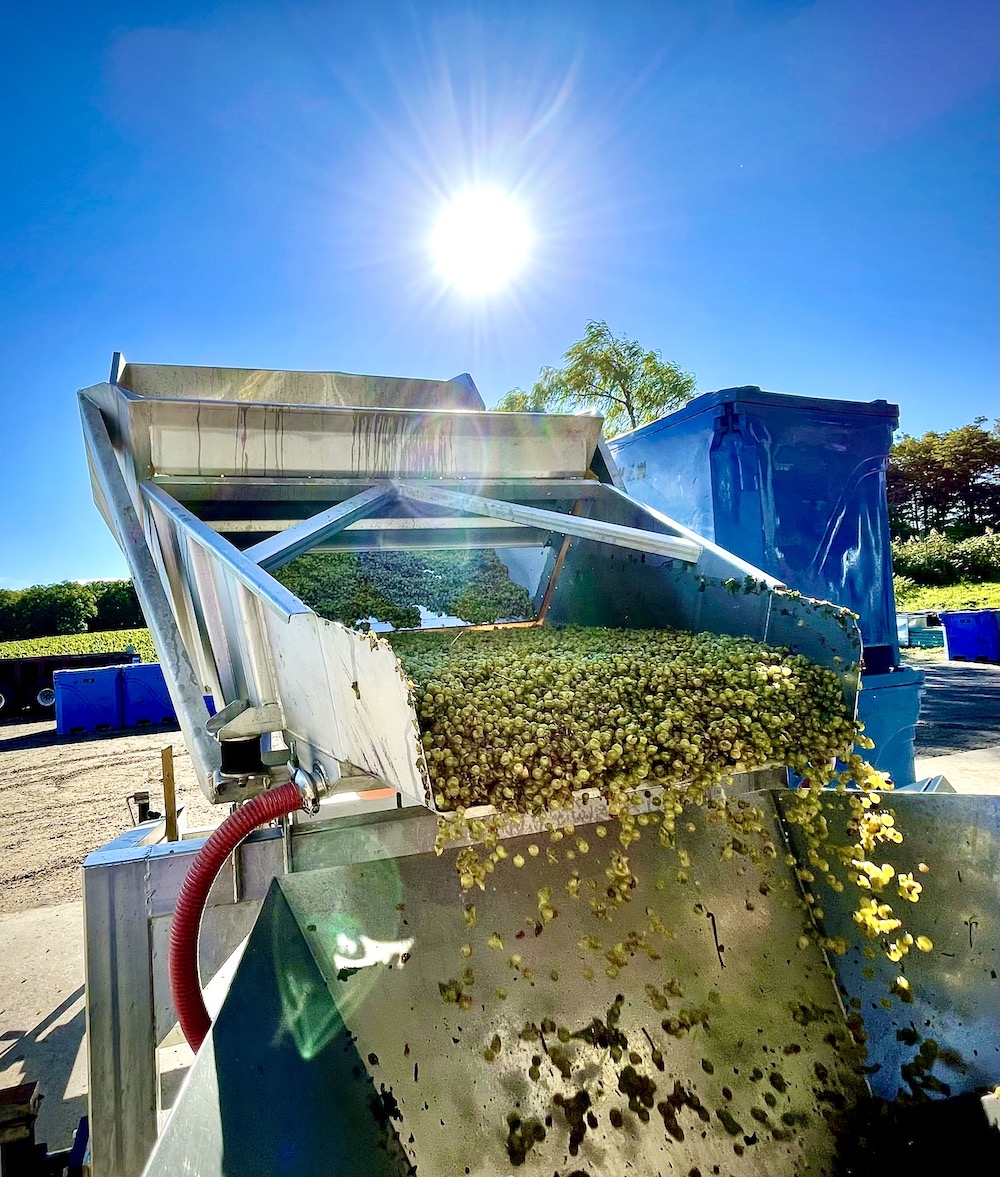
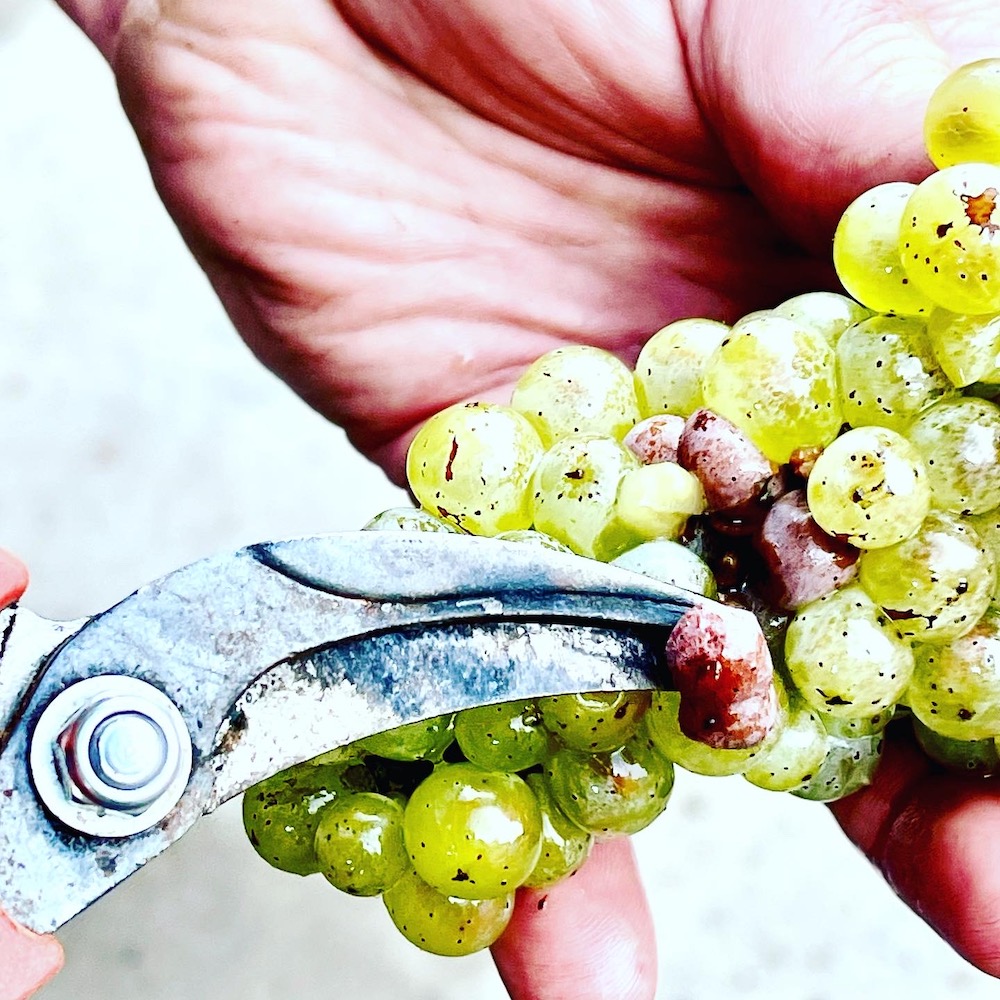
As the vintage rolled on, I understandably believed the project was dead in the water. How could it not be? Those grapes would be better off to support the already limited supply of estate Riesling. Months went by without hearing anything until this day in September, on this crush pad, and Fiebrandt put a bottle labeled Circle of Friends Rick’s Riesling 2021, a wine that members of the Vineland wine club will be getting on their doorstep soon. I was stunned and humbled that our little project made it to its own bottling despite all the odds.
Schmidt explained that because of supply issues we “couldn’t plan a single thing” for the 2021 vintage wines. “On a Tuesday morning in mid-July we bottled your wine.”
The style of the Riesling was kept as close to the plan as possible. It was the last picked estate Riesling harvested and it ended up being the driest at 3 g/l. It spent eight months on the lees to gain complexity. “We tried to keep to the spirit of your decision,” said Schmidt. So here it is, our proud little Riesling, which had a very difficult upbringing. I will not assign a score to this wine, for obvious reasons.
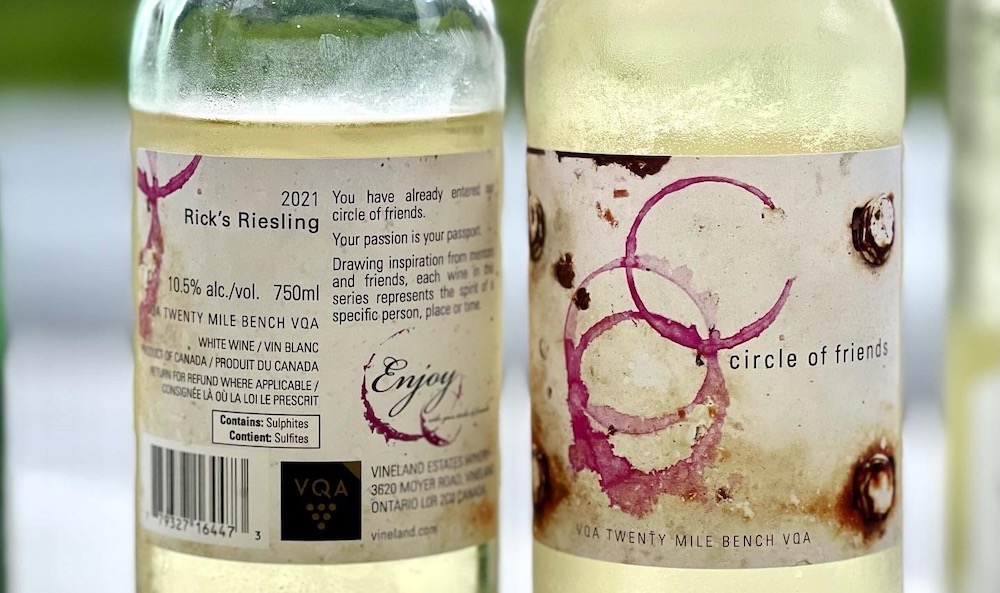
Vineland Estates Circle of Friends Rick’s Riesling 2021 (part of a wine club release, minus one case that I am buying) — It has a pretty, floral nose with stony/saline notes, savoury lime, lanolin, and fresh apple slices. It’s tart and super dry with a racy saline quality, leesy notes, fresh apple and lime, stony/chalky notes and ginger that walks a tight rope of acidity through a steely finish. It’s reminiscent of Germany’s top GG (Grosses Gewächs, or “great growths”) designation, which are always vinified completely dry with acidity and often described as searing. This savoury/tart beauty will not appeal to everyone, and likely needs at least a little time in the cellar, but it sure hits all the right notes with me. Oysters, you have a new best friend!
We tasted one more fresh white wine before the next leg in our journey.
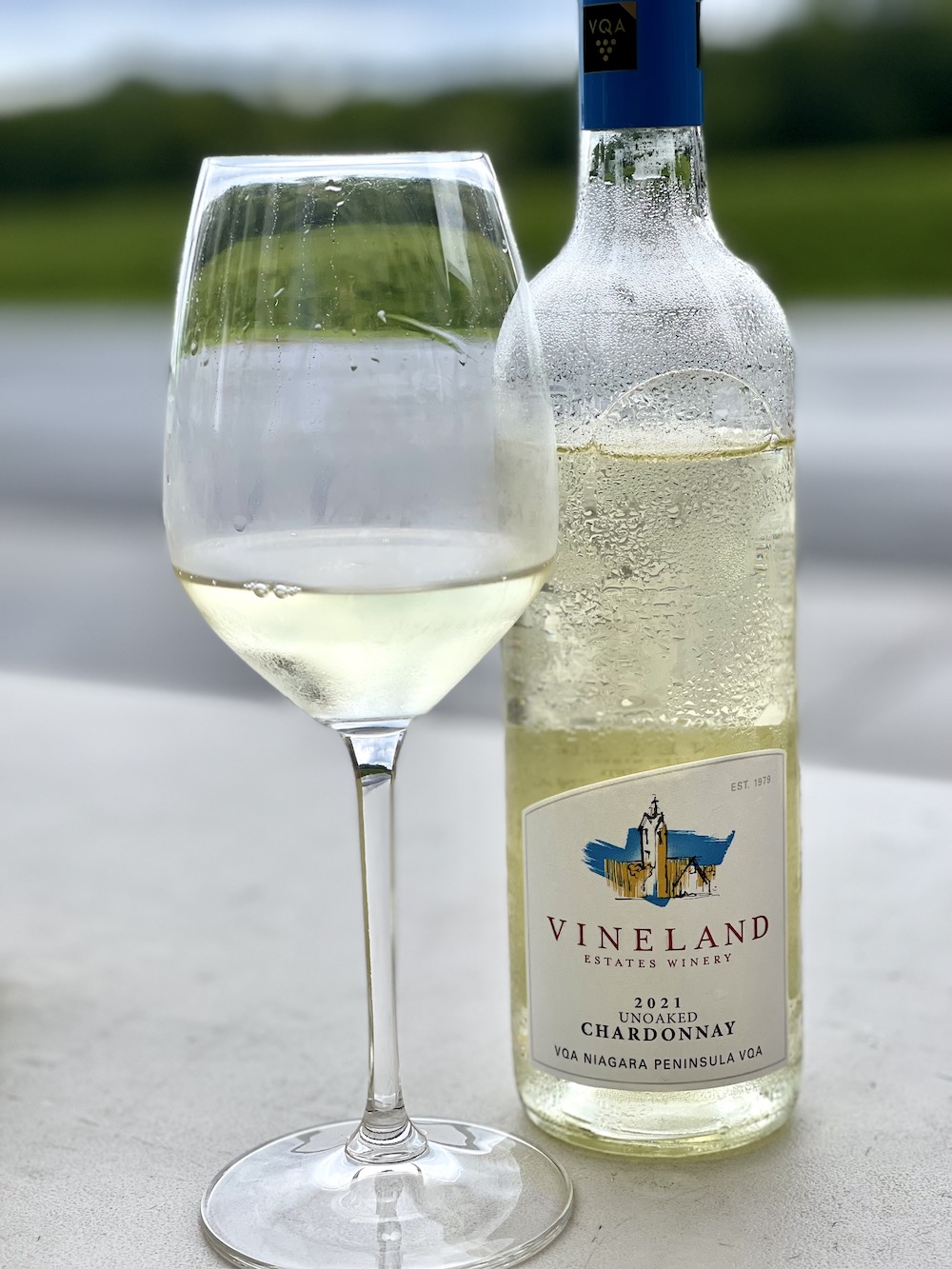
Vineland Estates Unoaked Chardonnay 2021 ($15, 89 points) — Varieties such as Chardonnay, Pinot Gris, Pinot Blanc, and Chardonnay Musque were all picked (generally) before the rains of September in 2021 and benefited by an otherwise decent vintage. This unoaked Chard shows pure pear, apple, peach, and melon notes on the nose. It’s fresh, lively, and clean on the palate with a bevy of orchard fruits and good finesse through the finish.
Part II: Winemaker’s new Mission
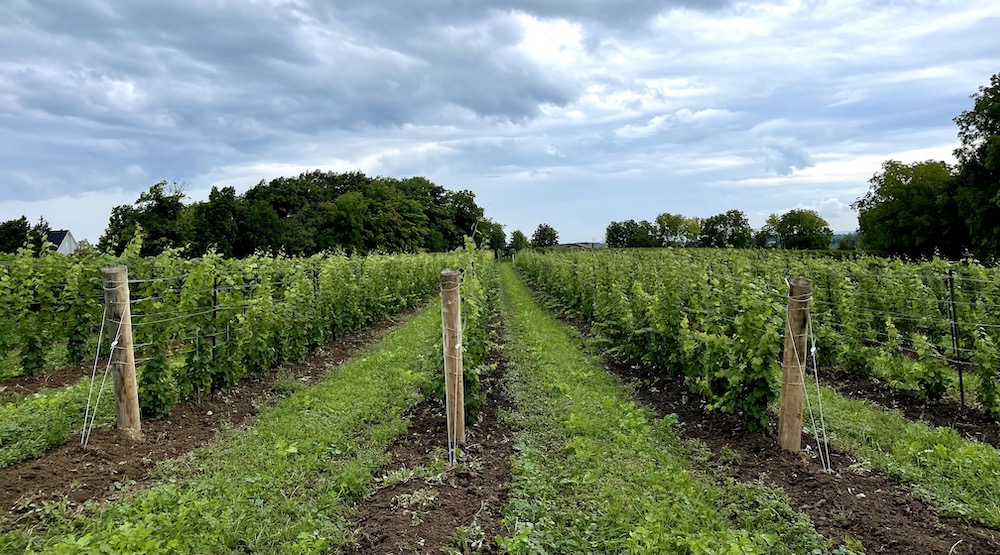
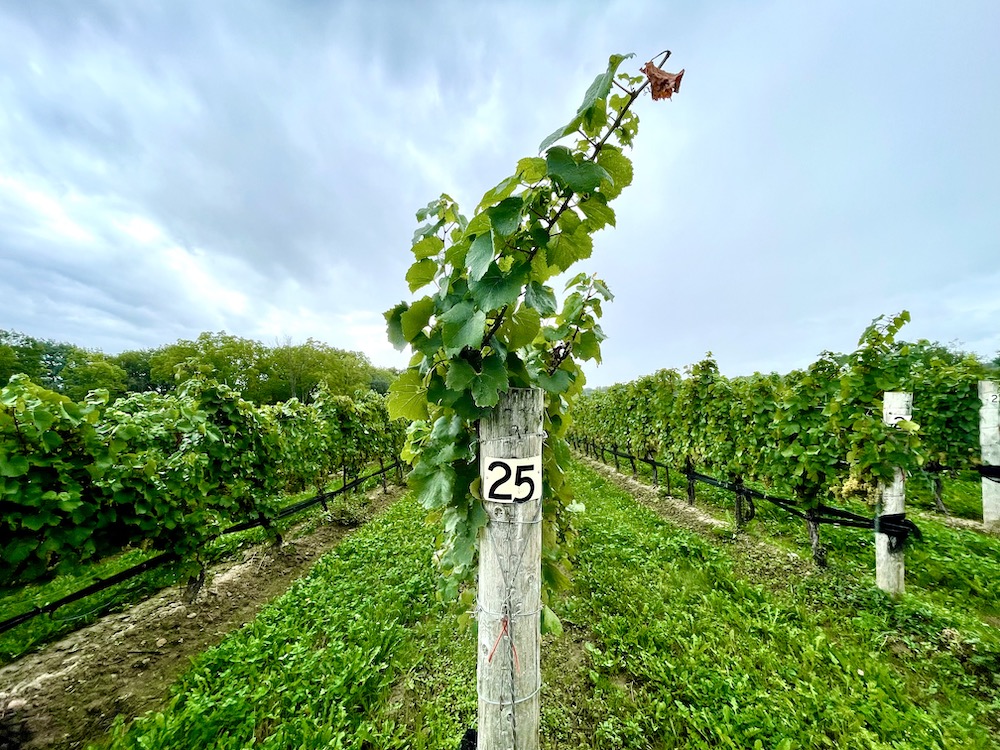
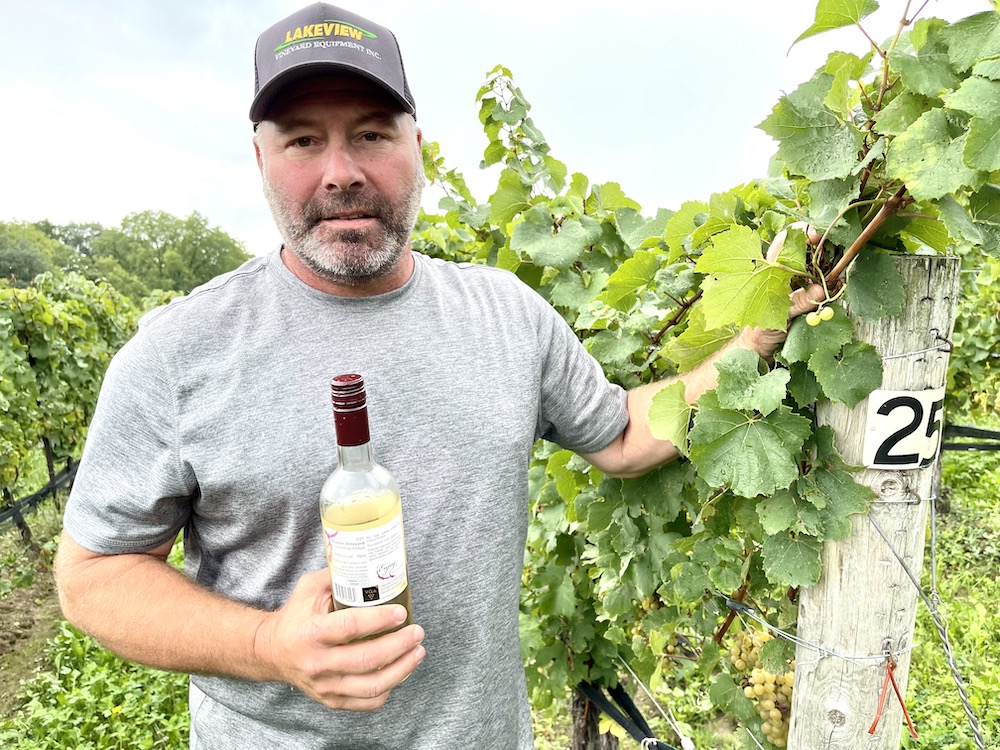
It’s a short drive in Schmidt’s pickup truck from the Vineland crush pad, down Cherry Avenue, and past the vineyards belonging to Tawse. A tiny, twisty dirt road leads to a tiny, immaculate hidden gem of a vineyard. It is Schmidt’s new pride and joy, a vineyard to call his own, purchased from a man who he has great respect for and gave him his love for Cabernet Franc. Eddie Gurinskas founded Lakeview Cellars in 1991 and sold it to Diamond Estates under the new name Lakeview Wine Co., which lives on as an important brand under the umbrella of Diamond.
Schmidt has named his little piece of heaven the Mission Vineyard, a name that pays homage to both Schmidt’s roots and his charitable endeavours with the Haiti Mission.
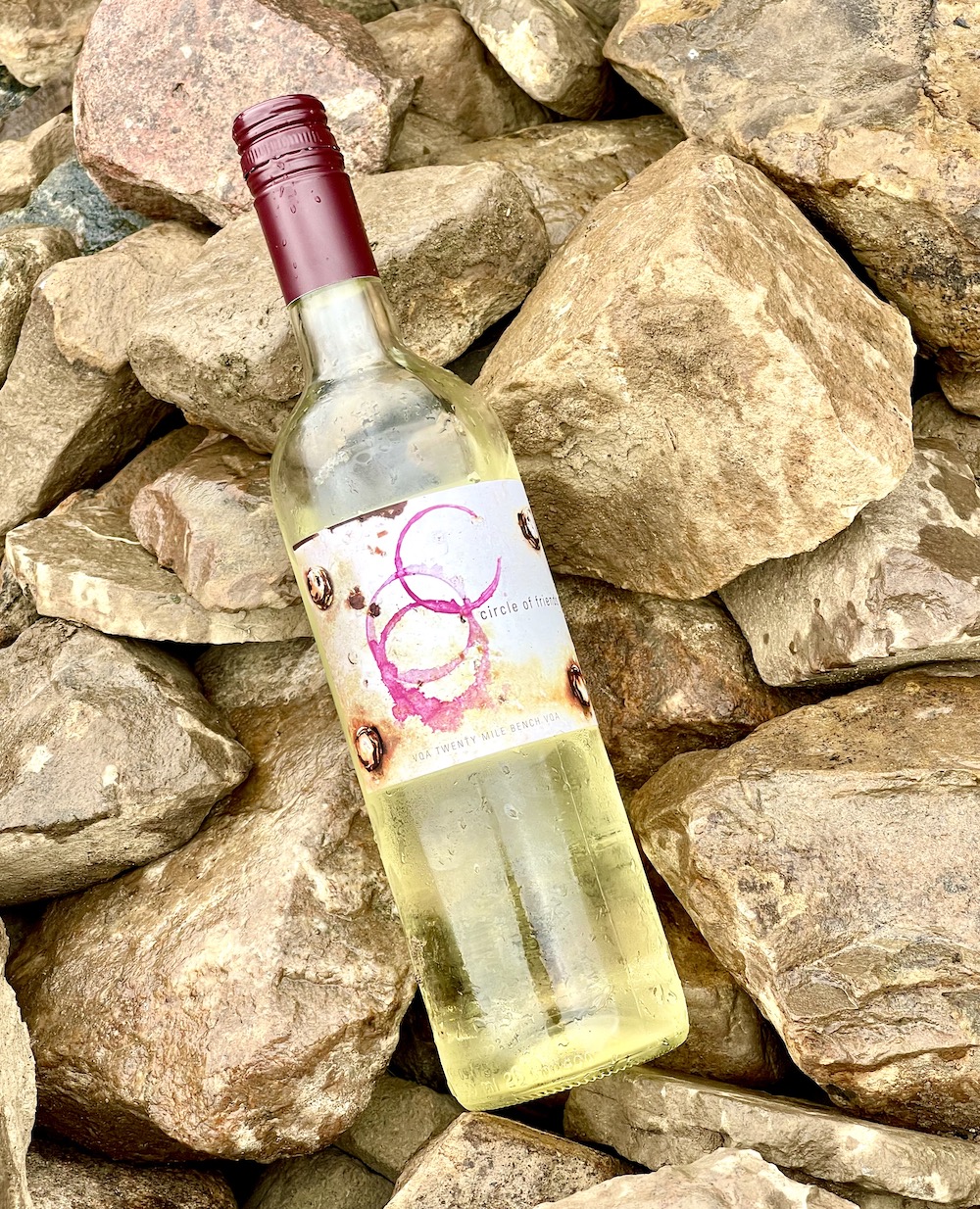
“The spirit of this vineyard lives on — on many levels,” said Schmidt. The Okanagan Mission Vineyards (now called St. Hubertus & Oak Bay Estate Winery after a few iterations) once belonged to the Schmidt family. Brian Schmidt was born there along with his siblings. “It’s also important to me because of Haiti,” said Schmidt. “The proceeds of everything we do here will go to Haiti. Hence, this is why we do all this. If you believe in karma, it’s why this vineyard is thriving.”
The tiny Mission Vineyard was planted by Gurinskas for personal use, and he still lives in the house on the property. Schmidt planted one acre of Cabernet Franc to various clones and rootstocks, and revamped the three acres of Chardonnay Musque, which is the first wine he has made from his new vineyard. Here is my review.
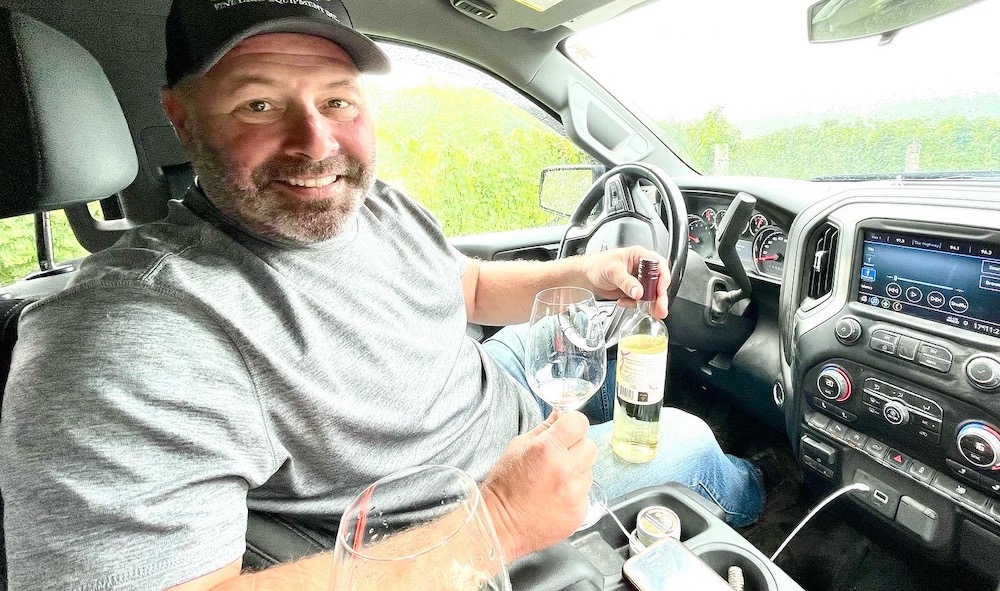
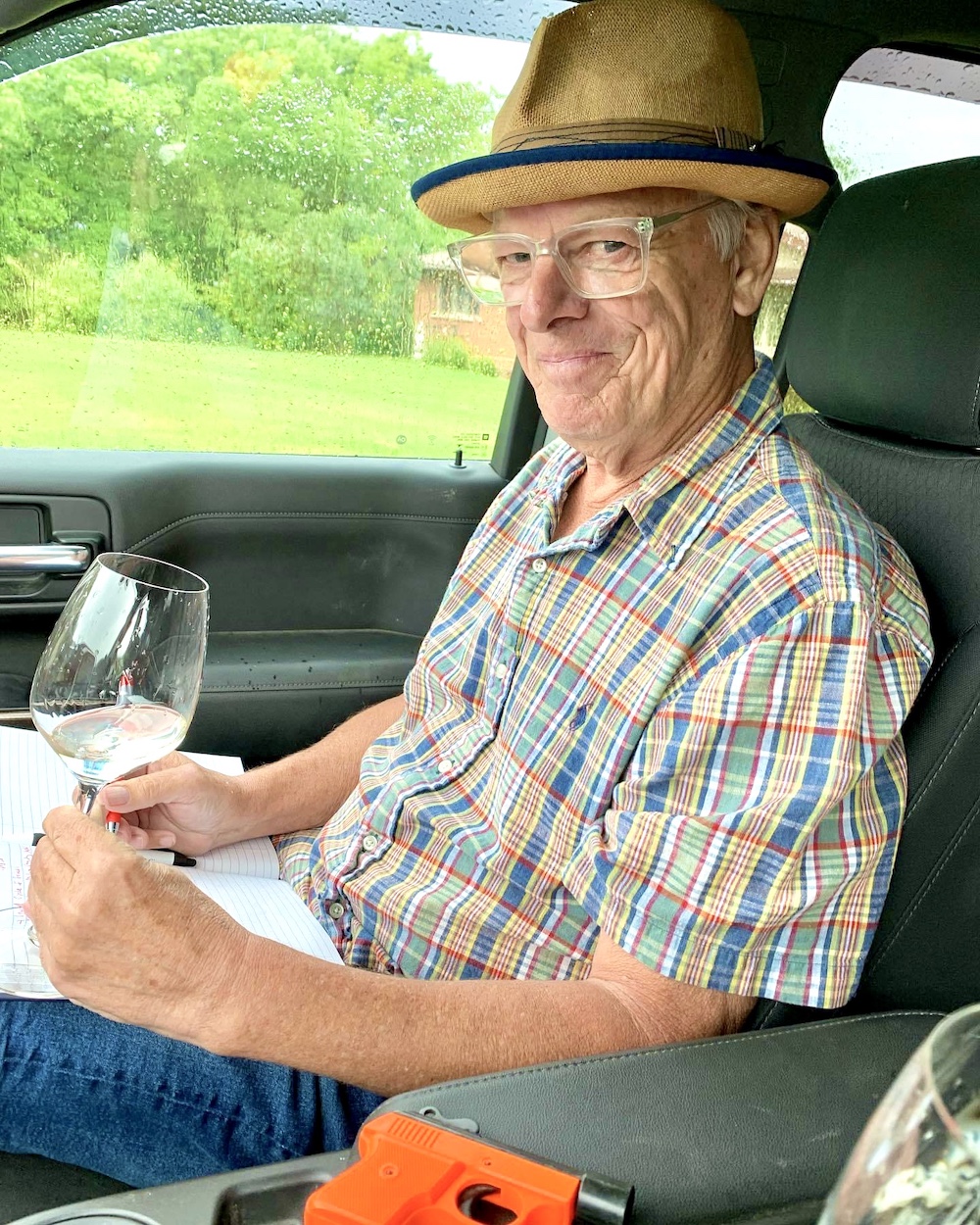
Vineland Estates Circle of Friends Chardonnay Musque Mission Vineyard 2021 (92 points) — Maybe (I said MAYBE) this wasn’t my first tasting of wine in the cab of a pickup truck, but with rain pounding down, what were we supposed to do? With glass and notebook in hand, we got down to business. The grapes were planted in 2008 and Schmidt did not want to make a run of the mill wine for his first effort. It was barrel fermented and left on the lees to “create a wine with more structure, more generous and with more intensity,” said Schmidt. This is one of the finest Chardonnay Musques I have tried with a beautiful nose of ripe pear, apple, subtle spice and stony minerality. It’s juicy on the palate with ripe stone fruits, a chalky/saline note and textured with lovely spice notes on a long, lifted finish.
Part III: Pickup truck tasting
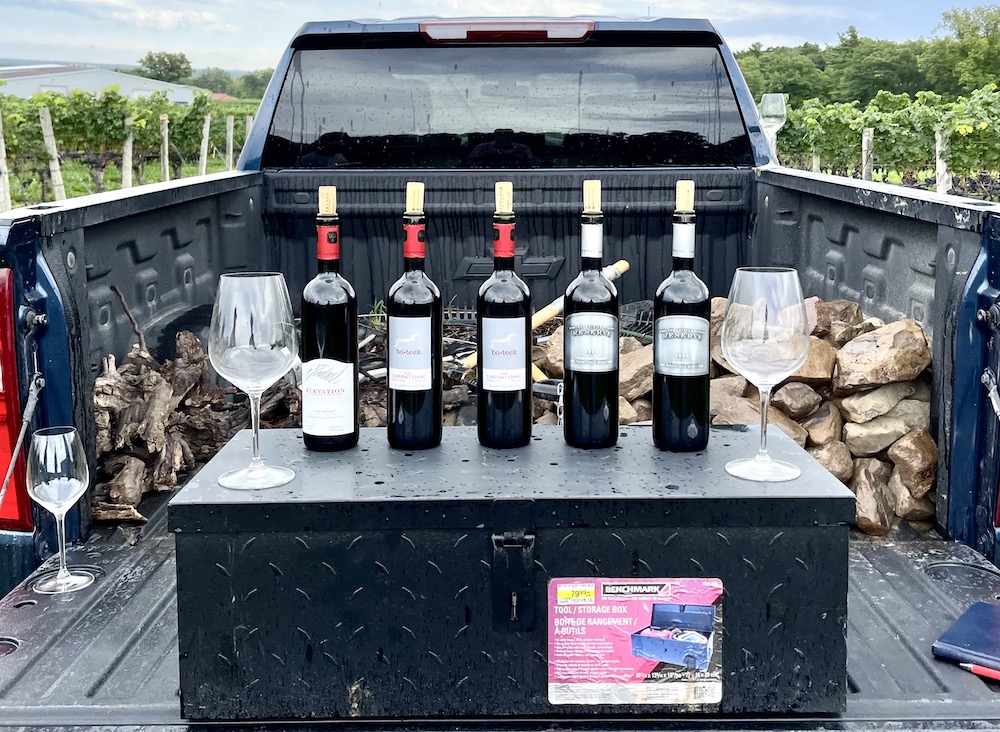
It was off to our final destination, the Bo-Teek Vineyard where no doubt there will be Cabernet Franc, lots and lots of Cabernet Franc. Bo-Teek is the second most important vineyard belonging to Vineland Estates. The other is the historic St. Urban, the iconic vineyard that surrounds the estate and winery not far away on the Twenty Mile Bench. It is here in Bo-Teek that Schmidt’s favourite grape and the wine that comes from it is grown. Over the years, the winemaker has dabbled with different styles, clonal experimentation, and block-by-block retrospectives.
It just might be the first time he’s conducted a tasting from the back of his pickup truck. Come to think of it, I’m probably wrong.
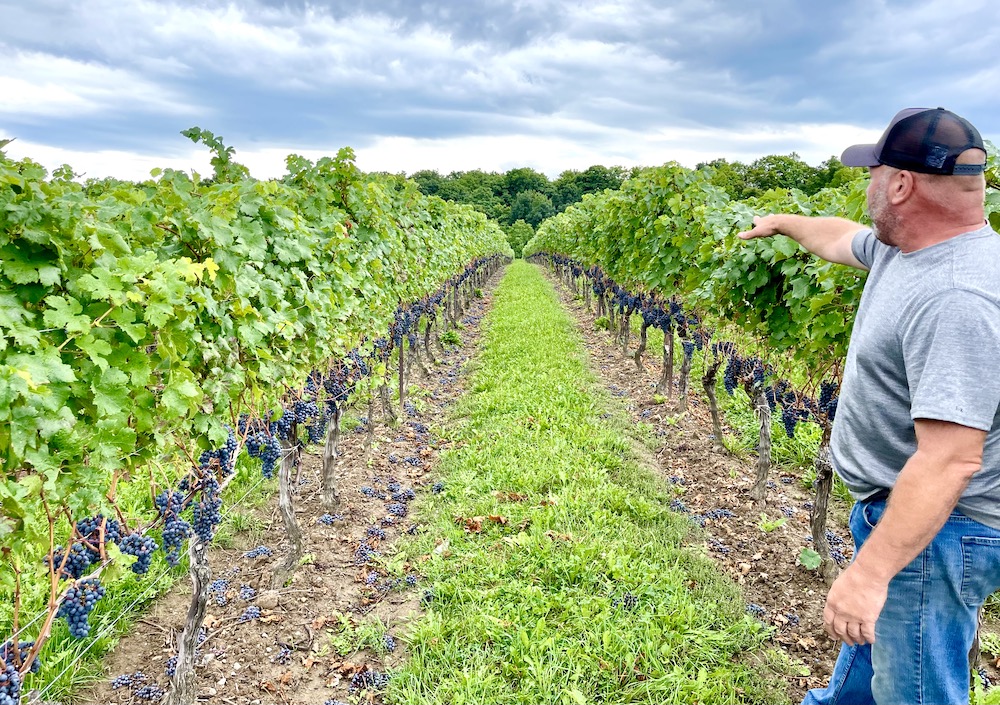
As we walk the vineyard, the Cabernet Franc looks plump and beautiful as it nears harvest, despite a steady drizzle that cleared up long enough to accommodate our pickup tasting. Here’s what I liked:
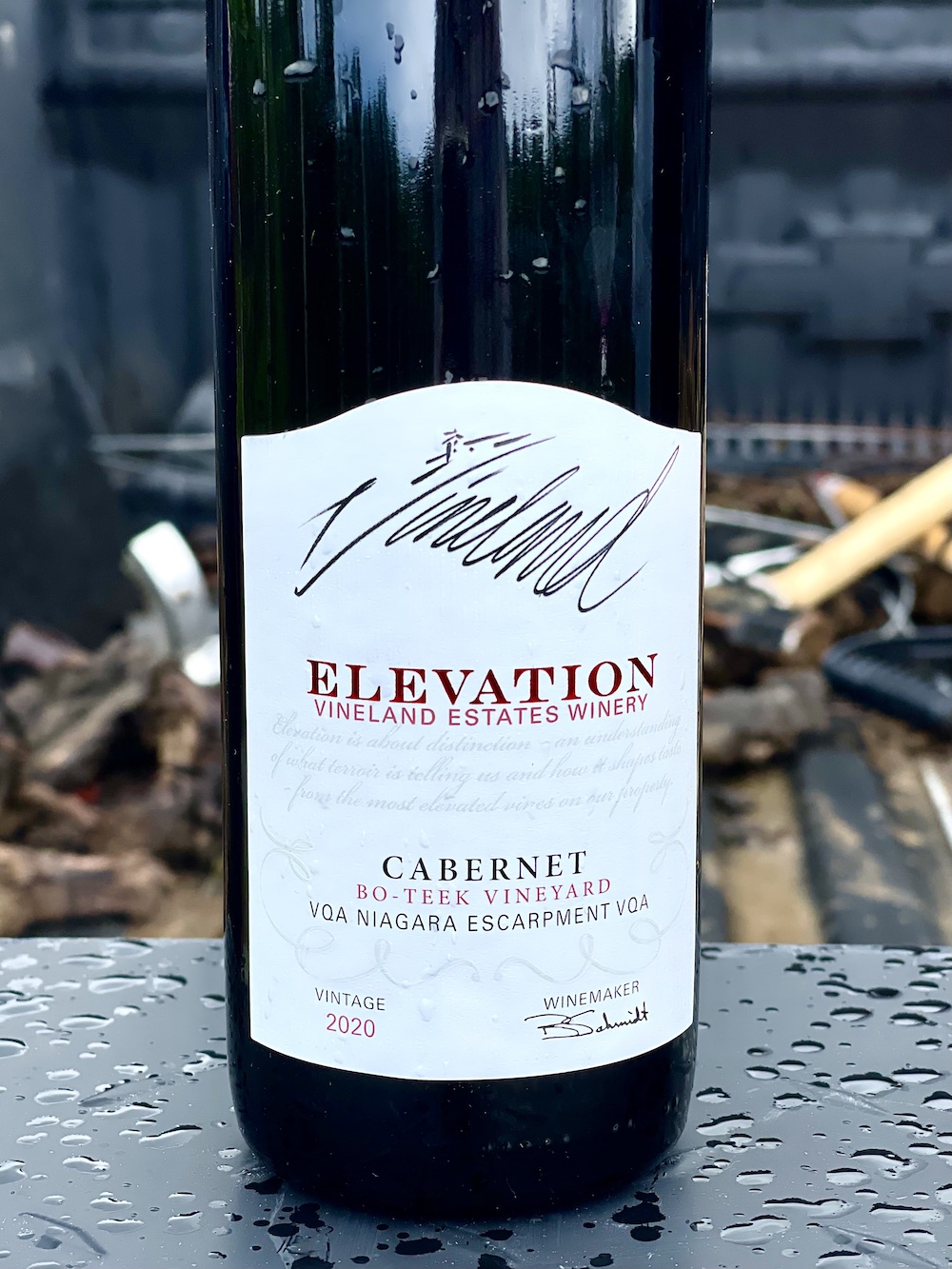
Vineland Estates Elevation Bo-Teek Vineyard Cabernet 2020 ($28, 92 points) — The Elevation version is 98% Cabernet Franc and 2% Cabernet Sauvignon. A fine nose of black raspberries, herbs, cassis, dark cherries, and integrated oak spice notes. It’s gorgeous on the palate, showing the generosity and ripeness of the vintage with savoury red berries, cassis, chalky notes, anise, a plush texture, medium+ tannins and finesse through the finish.
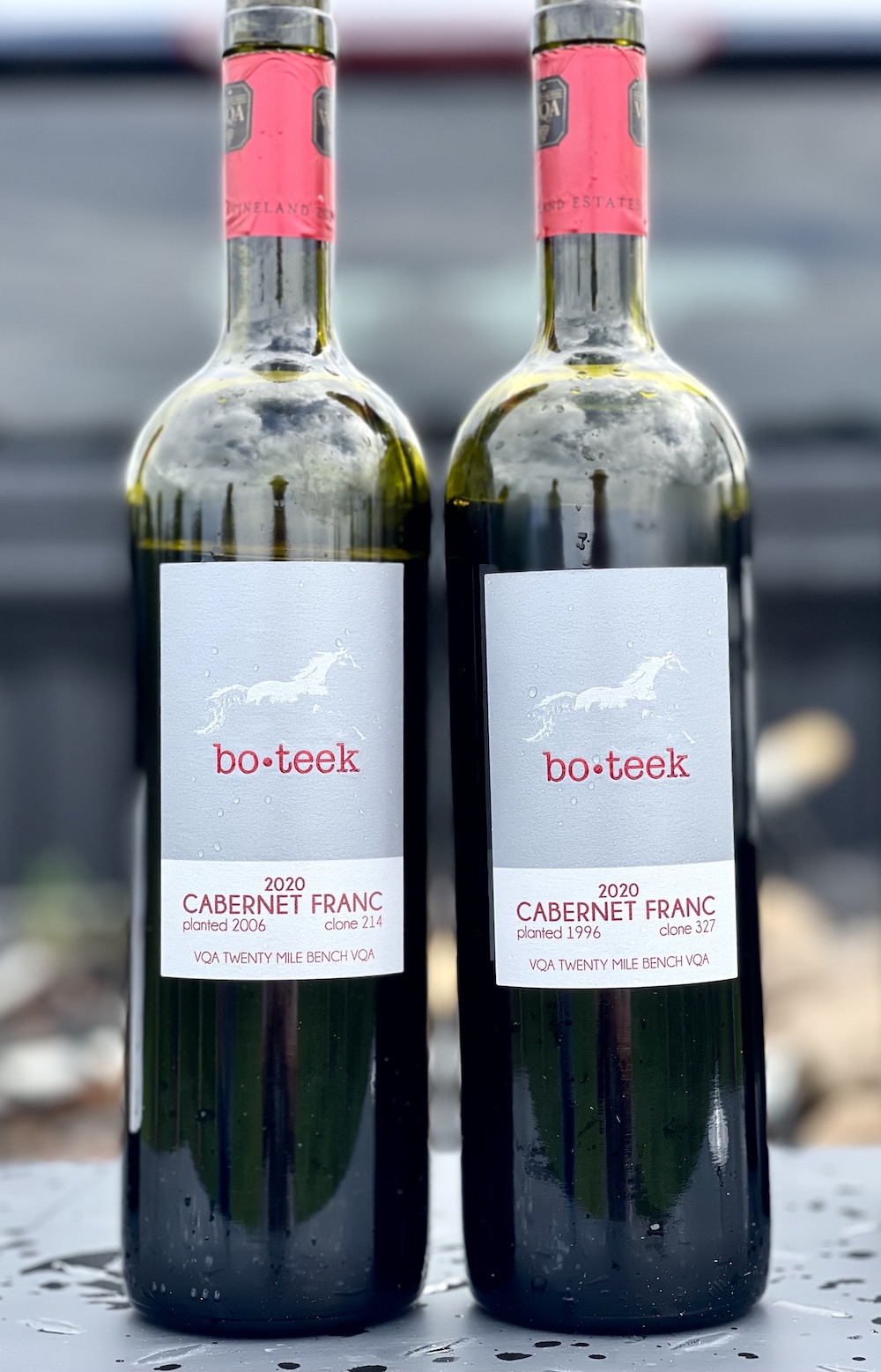
Vineland Estates Bo-Teek Vineyard Clone 214 2020 ($35, 92 points) — The first of the two clonal expressions, the 214 shows a more muscular side while the 327 has a prettier profile, said Schmidt. The wine spends 16 months in neutral French oak. It has a pretty nose with violets, well integrated cassis, black currants, red berry pie, and baking spices. On the palate it has gorgeous texture, depth and concentration and turns to darker berries on a bed of polished tannins that lead to a long, finessed finish. Can cellar 7+ years.
Vineland Estates Bo-Teek Vineyard Clone 327 2020 ($35, 93 points) — Schmidt calls the 327 more “angular and a little more rugged.” It’s certainly tightly wound on the nose, but opens up to rich black cherries, anise, spice, savoury/earthy notes and just a hint of herbaceous notes and spice. It’s fairly big and concentrated on the palate with firm tannic structure, dense, wild dark berries and raspberries with a long, echoing finish and enough acidity to keep it lively and vital. Can cellar 7+ years, maybe more.
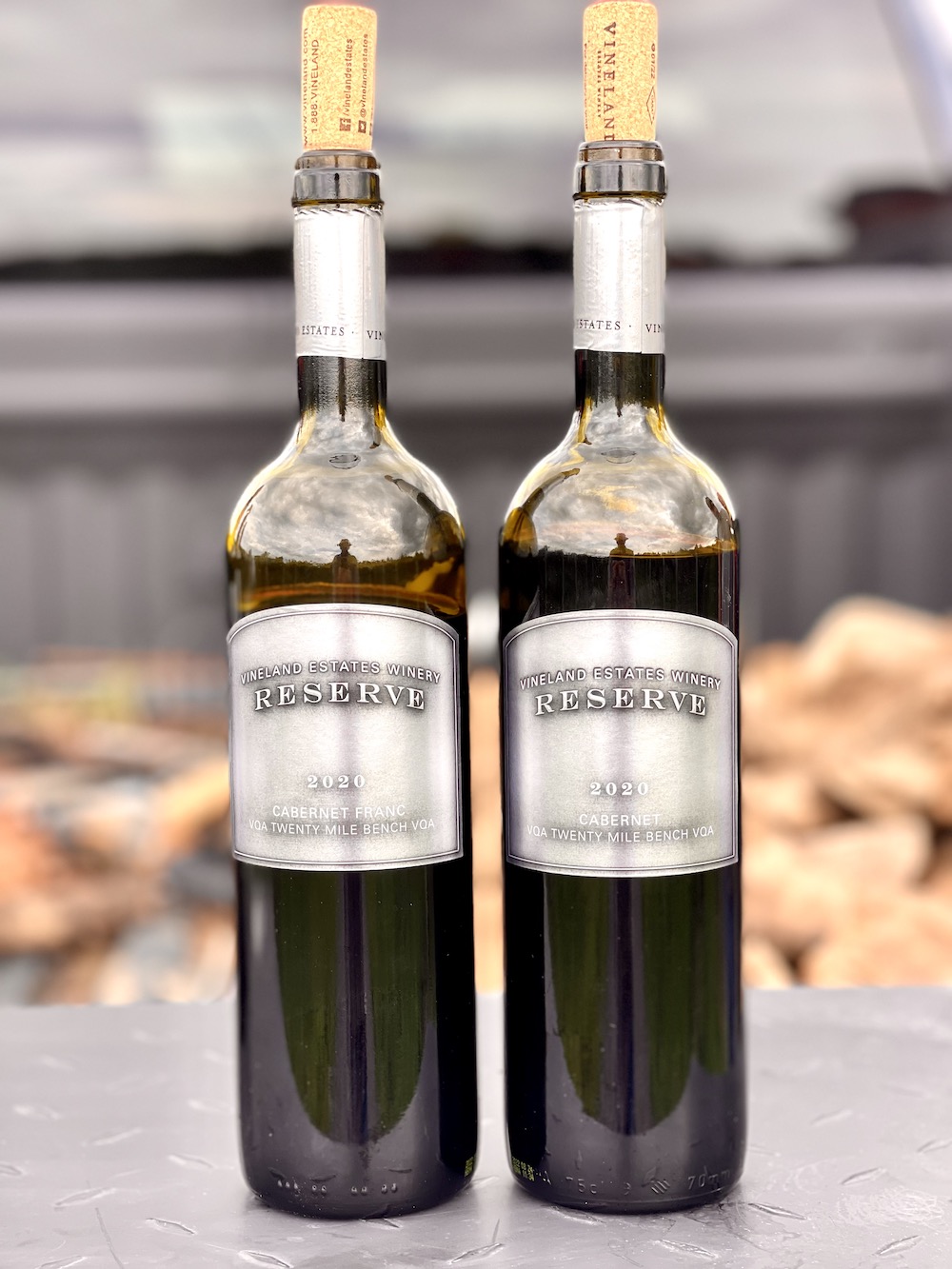
Vineland Estates Reserve Cabernet Franc 2020 ($50, 95 points) — The Reserve tier is the top category at Vineland Estates, and you can bet Schmidt put everything he had into his beloved CF from Bo-Teek. It’s a blend of both clones (62% of 327) and interestingly, he made me spit 62% of my sample on the right side of the vineyard where Clone 327 is grown and the rest on the 214 left side. Worried about cross-clonal contamination, I guess. I didn’t ask, I just did what I was told. What a beautiful wine, with an impressive nose of savoury red berries, a touch of eucalypt, herbs, anise, and well-integrated oak spice notes. It has both power and grace on the palate with dense red and dark berries, minty herbs, earthy/spicy notes, fine-grained tannins, complexity, and tangy acidity keeping it poised through the finish. This is easily cellarable for a decade or more.
Vineland Estates Reserve Cabernet 2020 ($50, 94 points) — The top-tier Reserve Cabernet is a blend of 52% Cabernet Franc and the rest Cabernet Sauvignon all from Bo-Teek. Schmidt said he always gets a “a blueberry pie note that I find enchanting.” He’s not wrong, this has a fabulous nose of thick, brambly red berries, wild Muskoka blueberries, black currants, subtle earthy/savoury notes, and spice. It’s mouth-filling and generous (thank you 2020 vintage) with gobs of black fruits, rich red berries, subtle herbs, and elegant spice that is all juicy and bold and held together by dusty tannins and mouth-watering acidity with length and verve through a long, exquisite finish. Blockbuster wine here. Cellar 10+ years.
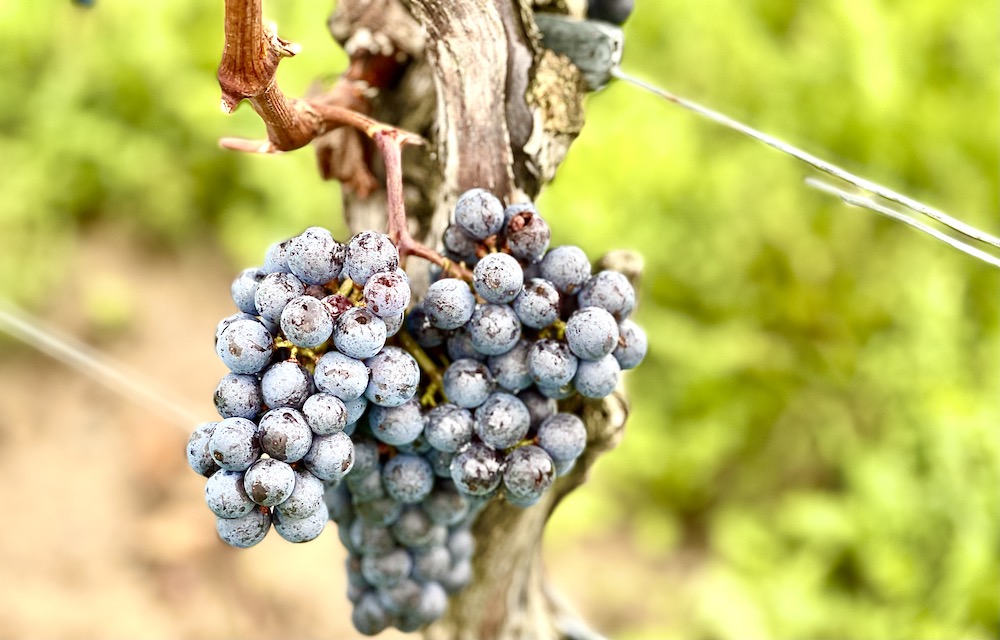
Final note: The 2020 vintage in Ontario, and in particular, Niagara, will go down as the greatest vintage for Bordeaux varietals since … well, forever. The resulting wines are dense, generous, loaded with personality, structurally sound and have the luxury of balancing acidity to keep them lively through the finish. The best of them, like the ones above, will enjoy a long and happy life in the cellar if you have the patience. This is a green light vintage — in other words, go get them!







Just wanted to say thank you for this one, Rick. A wonderful read and not just for the wine reviews. It’s really great to read this kind of story and background about people who create the wines we love and will likely never meet. I know you regularly include backgrounds about the winemakers but this was excellent. The kind of friend that makes a difference and one that makes drinking their wines more memorable.
Thanks so much, Ralph … it’s so easy to write stories like this when people like Brian inspire you, not only for his wine, but also for his charitable work that he quietly handles with a big heart.